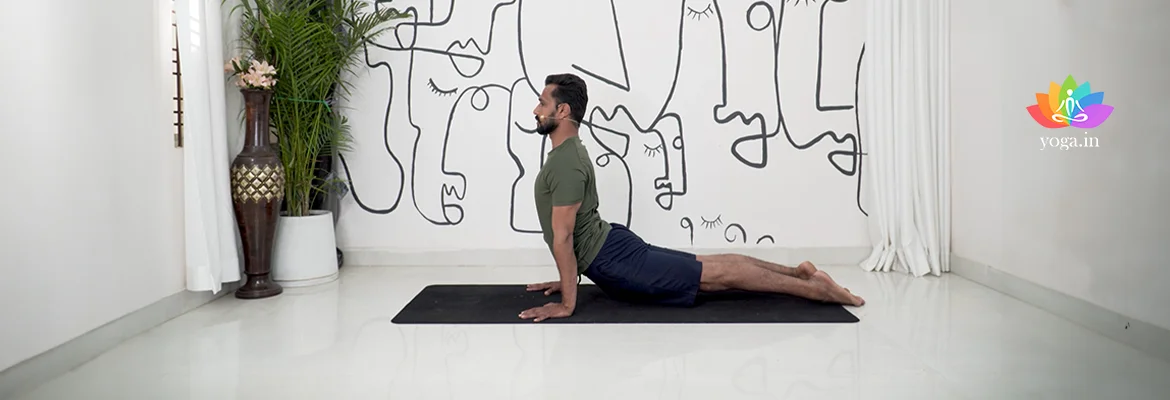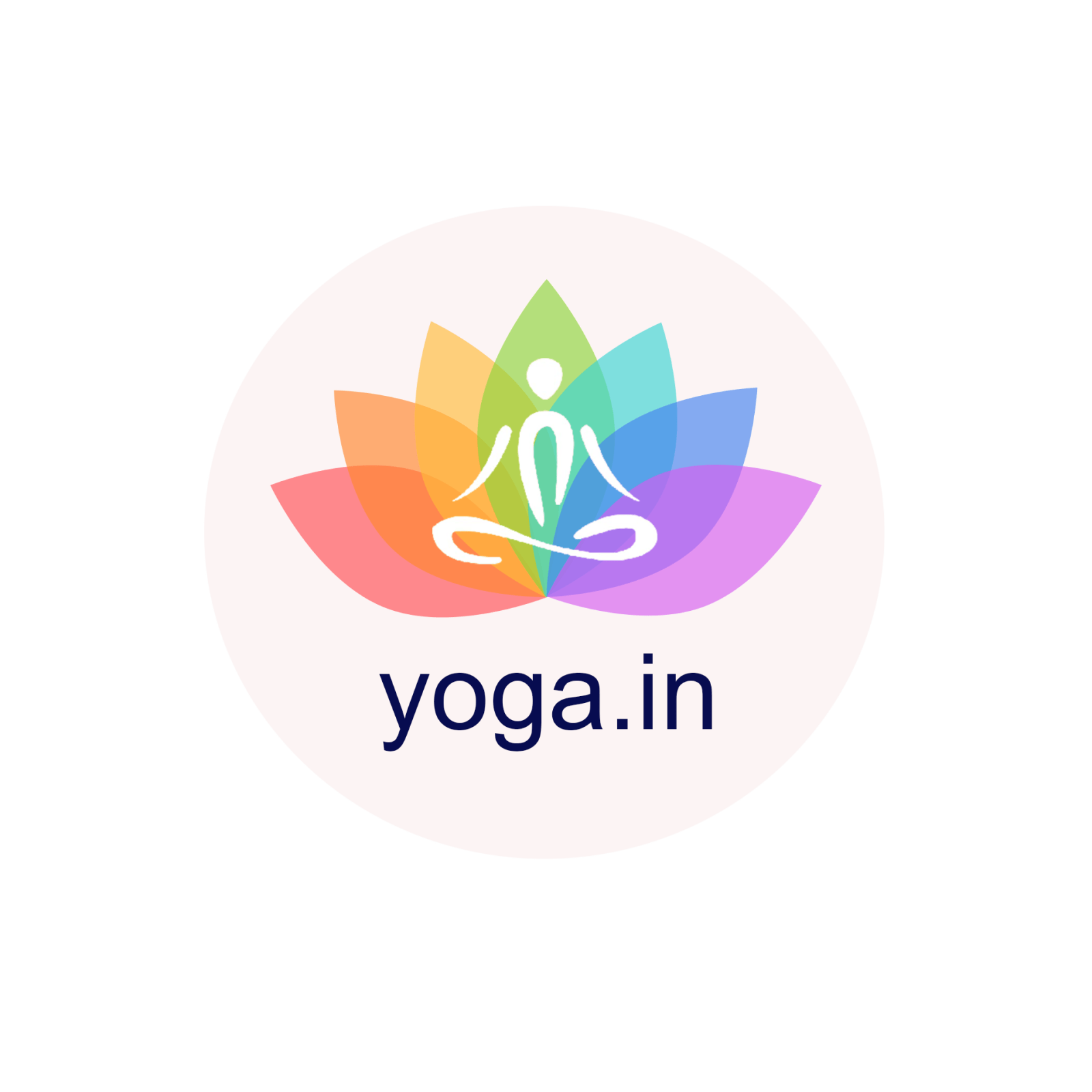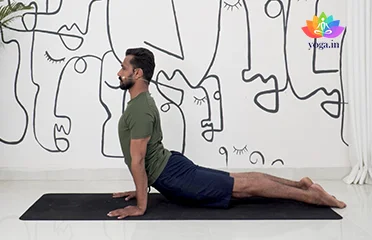Lie on your stomach with your face downwards.
Introduction to the Asana
The Sanskrit name is derived from Urdhva (ऊर्ध्व) meaning up, Mukha (मुख) meaning face, Svān (श्वान) meaning dog and asana (आसन) meaning posture or seat.
Step to get in the pose
-
-
Place the palms of both arms close to your waist on the floor, fingers pointing forward.
-
The arms and elbows position should be aligned close to the body since this alignment gives the strength to raise the body.
-
With feet stretched behind and keeping the toes and heels together, tighten the legs and lower back as you breathe.
-
Tuck your feet & put force on the palms to lift the chest, shoulders, arms, elbows, upper abdomen, and legs and take the body backward, straightening the arms.
-
As you get comfortable with the arms stretched, try to raise the neck backward and gaze upwards.
-
Roll back the shoulders away from the ears and down.
-
Stay in this position with slow rhythmic breathing.
-
The entire body hovers out the mat except for palms & front feet.
-
Ensure not to put all the body weight on the wrists and elbows.
-
Release the pose gradually.
Common mistakes and pitfalls
-
Craning the neck.
-
Legs slouched into the ground.
-
Hunch in the shoulders.
-
Dumping the weight on the wrists.
-
Not engaging your thighs.
-
Too much of back bending, compressing the spine.
Benefits
-
Strengthens the spinal column and the upper back muscles.
-
Improves posture.
-
Tones the abdomen, boosts the internal organs & aids digestion.
-
Helps in relieving mild depression and sciatica pain.
-
Expands the chest and lungs, improves respiratory functions.
-
Improves body flexibility.
-
Help boost energy and revitalize the body.
-
Relieves mild depression and fatigue.
-
Calms the mind and nervous system.
Contraindication
-
Avoid in case of any wrists, neck, or lower back injuries.
-
Avoid in case of lower back pain or herniated discs.
-
Avoid in case of spinal ailments like scoliosis, kyphosis, and acute lumbar spondylitis.
-
Avoid if suffering from high blood pressure or cardiac issues.
-
Avoid if suffering from carpal tunnel syndrome.
-
Avoid during pregnancy.
-
Avoid if you have a weak body and joint frame to avert dislocation of joints.
-
Avoid if you lack body-breath connection.




